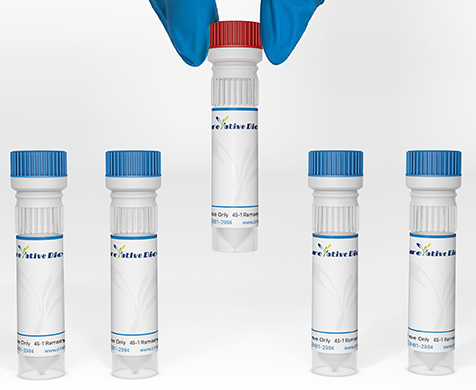CHST6
The protein encoded by this gene is an enzyme that catalyzes the transfer of a sulfate group to the GlcNAc residues of keratan. Keratan sulfate helps maintain corneal transparency. Defects in this gene are a cause of macular corneal dystrophy (MCD). [provided by RefSeq, Jan 2010]
Full Name
Carbohydrate Sulfotransferase 6
Function
Sulfotransferase that utilizes 3'-phospho-5'-adenylyl sulfate (PAPS) as sulfonate donor to catalyze the transfer of sulfate to position 6 of non-reducing N-acetylglucosamine (GlcNAc) residues of keratan. Mediates sulfation of keratan in cornea. Keratan sulfate plays a central role in maintaining corneal transparency. Acts on the non-reducing terminal GlcNAc of short and long carbohydrate substrates that have poly-N-acetyllactosamine structures.
Biological Process
Carbohydrate metabolic process Source: UniProtKB-KW
Keratan sulfate biosynthetic process Source: UniProtKB
N-acetylglucosamine metabolic process Source: UniProtKB
Sulfur compound metabolic process Source: UniProtKB
Cellular Location
Golgi apparatus membrane
Involvement in disease
Macular dystrophy, corneal (MCD):
The disease is caused by variants affecting the gene represented in this entry. CHST6 homozygous missense mutations have been observed in patients with macular corneal dystrophy type I, while type II patients show a large deletion and replacement in the upstream region of CHST6. The only missense mutation for type II is Cys-50, which is heterozygous with a replacement in the upstream region on the other allele of CHST6. An ocular disease characterized by bilateral, progressive corneal opacification, and reduced corneal sensitivity. Onset occurs in the first decade, usually between ages 5 and 9. Painful attacks with photophobia, foreign body sensations, and recurrent erosions occur in most patients. The disease is due to deposition of an unsulfated keratan sulfate both within the intracellular space (within the keratocytes and endothelial cells) and in the extracellular corneal stroma. Macular corneal dystrophy is divided into the clinically indistinguishable types I, IA, and II based on analysis of the normally sulfated, or antigenic, keratan sulfate levels in serum and immunohistochemical evaluation of the cornea. Patients with types I and IA macular corneal dystrophy have undetectable serum levels of antigenic keratan sulfate, whereas those with type II macular corneal dystrophy have normal or low levels, depending on the population examined.
Topology
Cytoplasmic: 1-5
Helical: 6-26
Lumenal: 27-395
